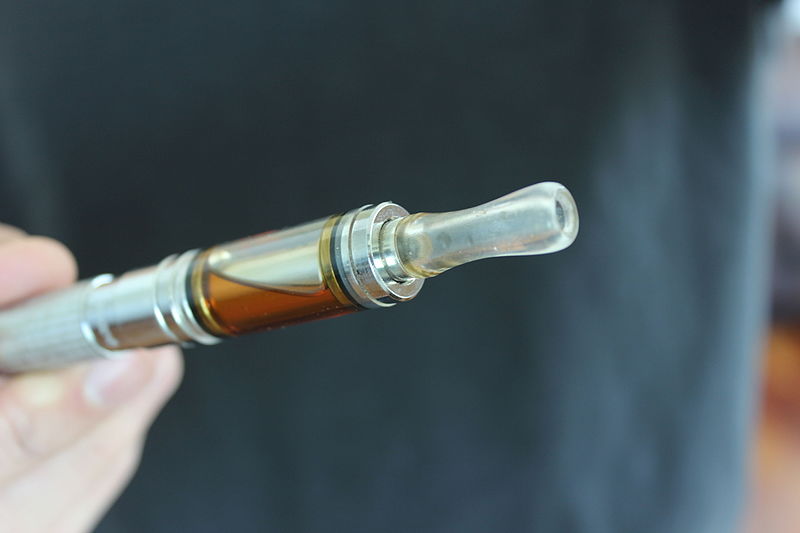
Throughout the last three months, as reports of illness related to vaping have been dominating news headlines, public health advocates have called upon the government to take direct action to curb the vaping epidemic. Although most vaping-related illnesses have been tied to the consumption of vaporized cannabis oils (aka dabs), much of the public discourse around this topic has been focused on nicotine e-cigarettes, the use of which has exploded among the teen and young adult populations over the past few years.
On September 11, 2019, the United States Secretary of Health and Human Services, Alex Azar, announced the Trump administration’s intention to ban flavored e-cigarettes and nicotine pods in the coming weeks. In relation to the vaping epidemic, President Trump said “We can’t allow people to get sick. And we can’t have our kids be so affected.” Although tobacco-flavored vape juice would be allowed to remain on the market, the Trump administration followed the lead of the state of Michigan and the City of San Francisco to remove sugary flavors like Creme Brulee or Cotton Candy that have especially attracted the youth to nicotine.
On Sunday, September 15th, following the lead of the federal government, New York Governor Andrew Cuomo announced an emergency executive order that would prohibit the sale of e-cigarettes in the state for a period of 90 days after a two week period. This move comes after the New York Legislature raised the nicotine purchase age from 18 to 21.
Although advocates of this policies applaud the Cuomo and Trump administrations for taking action to curb underage vaping, critics claim that this ban will only lead to greater amounts of bootleg vape juice and will cause previous smokers to go back to smoking tobacco which is far more harmful.
